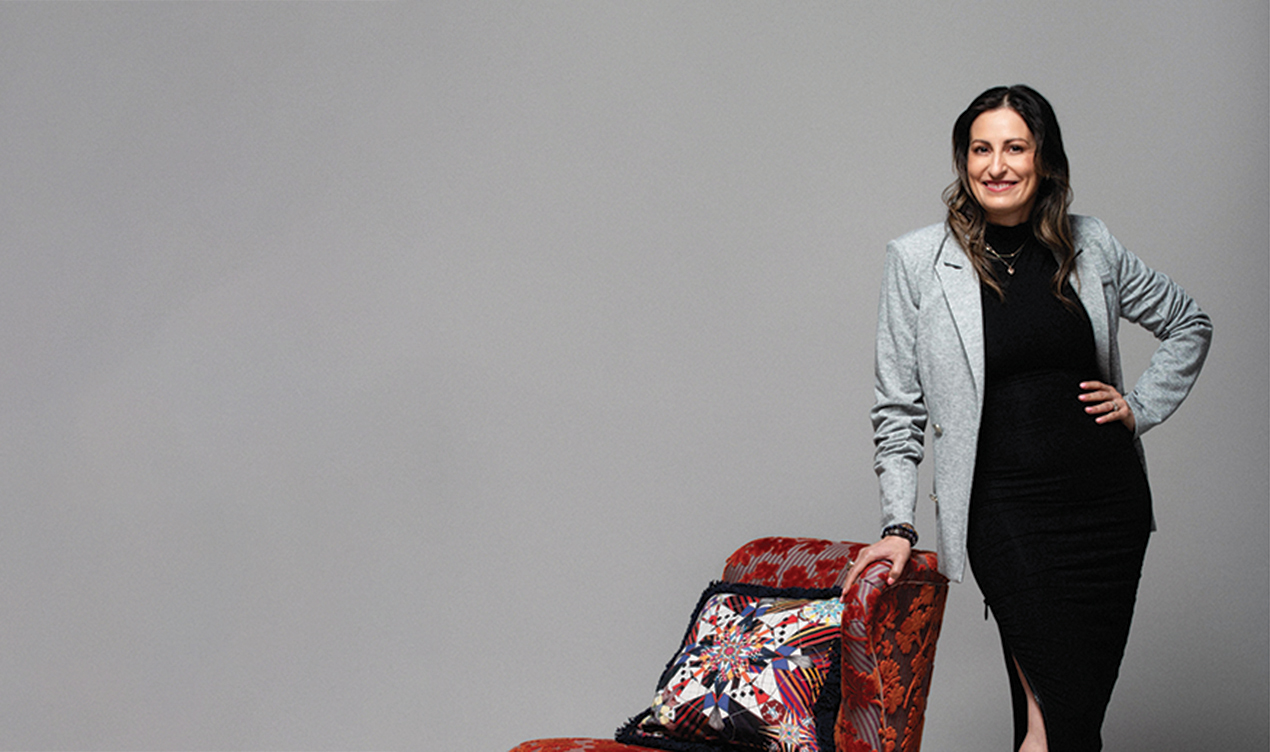Lidia Molinara remembers hanging on the pharmacist’s every word as he explained the details of her mother’s prescription. She was nine years old at the time, but her mother’s English was limited.
“Then he said to me, ‘Is there anything else I need to tell you so you make sure your mom uses this safely?’ It just stuck in my brain because I felt like, ‘Oh my goodness, this could hurt my mom — I better make sure she uses it right,’” she says.
The memory popped up years later when Molinara, then a University of Alberta student, decided to switch to pharmacy from education. But, after earning a pharmacy degree, Molinara discovered that the profession’s paradigm was shifting from seeing pharmacists as dispensers of medications to providers of direct patient care.
She recalls how one doctor reported her for a letter she’d sent advising that an elderly patient’s medications might put him at risk of falling. Although the complaint was dismissed — she’d done nothing wrong — it highlighted the medical establishment’s reluctance to involve pharmacists in patient care.
Over the next 30 years, Molinara — as a pharmacy owner and operator — became an advocate for clinical pharmacy and developed safety protocols. One of her first programs trained non-medical staff at assisted living facilities to give medication safely (at the time, it was neither illegal nor uncommon for kitchen staff to give meds). Another program reduced deaths from warfarin (a heart medication) by having pharmacists monitor the lab results of patients, whose blood was tested weekly.
More recently, she led three pharmacies and 10 clinical pharmacists in the vaccination of more than 1,000 patients in less than two months.
Molinara has pivoted to educating the public on drug safety, giving seminars and producing a podcast called Take Care with Meds (starting February 2024), on top of working as a pharmacist part time. More than ever, patients need to advocate for themselves, she says, noting the record number of medication errors in North America: “Health-care systems around the world are strained beyond any capacity that we’ve ever seen.”
This article appears in the Jan/Feb 2024 issue of Edify
